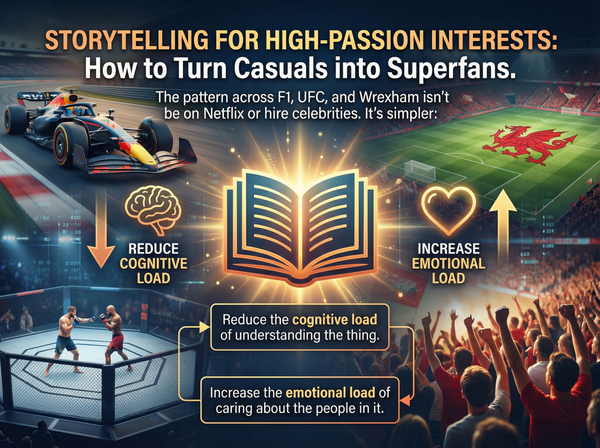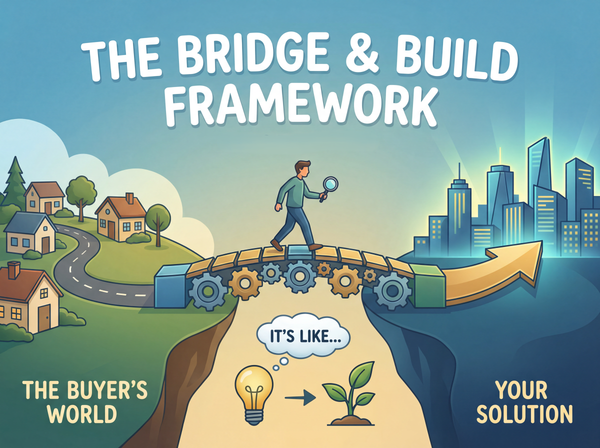How to Write Irresistible Advertising Copy That Converts
The difference between forgettable fluff and magnetic advertising copy lies in understanding the psychology of persuasion.
Whether you’re promoting a luxury watch, a fitness app, or a SaaS tool, the principles of high-converting ad copywriting remain timeless.
This guide gives you a blueprint for writing ad copy that grabs attention, builds trust, and drives sales.
1. The Anatomy of a High-Converting Ad
Every great ad is built on 10 core elements. Miss one, and your message risks getting lost:
- Headline: Hook attention with intrigue (This $15 Mistake Cost Me $10,000).
- Sub-headline: Clarify the promise (How a Tiny Fix Skyrocketed My Sales).
- Visual: Show, don’t tell. A fitness app ad might show a smiling runner, not just a dumbbell.
- Caption: Describe the visual (Meet Sarah: She gained 10K followers in 30 days).
- Copy: Tell a story. Use short paragraphs and tl;dr subheads for skimmers.
- Paragraph Headings: Guide readers like breadcrumbs (The Secret No One Tells You).
- Logo: Reinforce brand trust subtly (Nike’s swoosh).
- Price: For luxury, tuck it at the end. For deals, shout it early.
- CTA (Call-to-Action): Be specific (Claim Your Free Trial > Click Here).
- Layout: Lead eyes from headline → visual → CTA.
The first sentence should be a slippery slope - so compelling, they can’t stop reading.
2. Emotional Triggers & Logical Justifiers
People buy on emotion and then justify their decision with logic.
- Emotion first: Tired of sleepless nights? Imagine peace of mind.
- Logic second: Our app blocks 99% of spam—proven by 10,000+ users.
- Case Study: Apple’s Shot on iPhone campaign blends awe (emotion) with specs (logic).
3. How Curiosity Powers Advertising Copy
Curiosity keeps readers glued to your message.
- Seeds of curiosity: End paragraphs with cliffhangers (But here’s the twist…).
- Unexpected angles: Link your product to surprising stories (What do WWII codebreakers have to do with your email? Let’s decode…).
4. Price Psychology in Copywriting
The way you present pricing can make or break conversions.
- Value-based pricing: Reveal price only after benefits (used by luxury brands).
- Deal-driven pricing: Flaunt discounts upfront (50% Off—Today Only!).
- Pro Tip: For premium products, add a Why It’s Worth It section.
5. Building Credibility in Your Ad Copy
Credibility reduces hesitation and builds trust.
- Social proof: 32,000 Floridians switched to our toothpaste.
- Context matters: Ads placed in trusted communities (e.g., niche Facebook groups) convert better.
- Satisfaction guarantees: Audible’s Return ANY book, even if you’ve finished it lowers risk.
6. Overcoming Objections in Advertising Copy
Don’t dodge objections - address them directly.
- Ridicule: Avis’ We’re No. 2, so we try harder.
- Resolve: Worried about setup? We’ll handle it in 24 hours.
7. Ethical Urgency That Actually Works
Fake scarcity kills trust. Instead, use authentic urgency tactics:
- Limited editions: First 100 buyers get a signed copy.
- Early-bird bonuses: Order today for free shipping + a $50 guide.
8. Writing Product Descriptions That Sell
- For simple products: Add mystique (Handcrafted with Arctic spring water for bottled water).
- For complex products: Simplify (3 clicks to automate your payroll).
9. The Power of Familiarity in Advertising Copy
Consistency creates recognition and trust.
- Consistent branding: Use the same fonts, colors, and tone across platforms.
- Delight with extras: Apple’s stickers keep the brand alive in everyday life.
10. Writing Audio Ads That Paint Pictures
Radio and Spotify ads thrive on imagination.
- Example: Picture this: You, on a beach, sipping coffee while our app earns you passive income.
- CTA Tip: Keep it simple (Say ‘Alexa, order now’).
FAQs About Advertising Copywriting
Q: What makes advertising copy effective?
A: Effective ad copy captures attention quickly, appeals to emotions, and provides logical proof to back up claims. It ends with a clear, specific CTA.
Q: How do you write ad copy that sells?
A: Start with a strong hook, build desire using emotional triggers, back it up with credibility, and make the CTA irresistible.
Q: What’s the ideal length for ad copy?
A: Short ads should be concise and punchy, while long-form ads (like landing pages) can be 300-700 words if storytelling and credibility are needed.
Final Thoughts on Writing High-Converting Ad Copy
Great advertising copy blends creativity with strategy.
It’s not about gimmicks - it’s about understanding human desires and speaking to them authentically.
When you master these principles, you’ll write copy that sticks in people’s minds.
Keep writing. Keep testing. Keep converting.
Keep Crushing!
- Sales Guy


